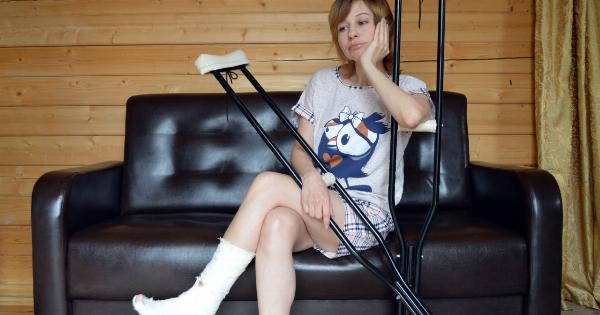If you have ever noticed your child sitting on the floor, with their legs bent to either side and their feet pointing behind them, chances are they are sitting in a W position.
This sitting position, also known as the “W sit,” is not only uncomfortable but can also lead to long-term health issues if not addressed. In this article, we will discuss how to identify if your child is sitting in a W and provide ways to fix it.
What is W Sitting?
W sitting is a sitting position where a child sits on their bottom with their legs bent and rotated outwards, forming a W shape.
In this position, the child’s knees and hips are both in line with each other and pointing outward, while their feet are positioned behind them. This sitting posture is commonly seen in young children during playtime.
Why is W Sitting a Concern?
While W sitting may seem like a harmless and comfortable way for children to sit, it can actually have detrimental effects on their physical development if done frequently. Here are a few reasons why W sitting is a concern:.
1. Delayed Motor Development
When a child sits in a W position, their legs and core muscles are not engaged. This lack of engagement can lead to delayed motor development, affecting their balance, coordination, and strength.
2. Hip and Joint Problems
W sitting places excessive stress on the hips and knees, potentially leading to hip dysplasia, hip dislocation, and joint issues. It also reduces the range of motion in the hips and can contribute to muscle imbalances.
3. Postural Issues
Sitting in a W position encourages poor posture, as it does not provide proper support to the spine and pelvis. Over time, this can lead to postural issues such as rounded shoulders, forward head posture, and an increased risk of developing scoliosis.
4. Negative Impact on Core Strength
W sitting lacks the requirement for core muscles to engage and stabilize the body. Over time, this can lead to weak core muscles, which are vital for maintaining proper posture, balance, and overall strength.
How to Identify W Sitting?
Identifying if your child is sitting in a W position is crucial to addressing the issue. Here are a few signs that your child may be sitting in a W:.
1. Symmetrical W Shape
The most obvious sign of W sitting is when both legs are bent and rotated outwards, forming a W shape.
2. Feet Positioned Behind
Take a look at your child’s feet – if they are positioned behind them instead of in front or to the sides, it is a possible indication of W sitting.
3. Limited Use of Alternative Sitting Positions
If your child consistently sits in a W position and avoids sitting cross-legged, on their knees, or with legs outstretched, it may suggest a preference for W sitting.
Ways to Fix W Sitting
If you have identified that your child is sitting in a W position, here are some strategies to encourage them to adopt alternative sitting positions:.
1. Educate and Explain
Talk to your child about the potential problems associated with W sitting and explain why it is important to sit in other positions. Help them understand how it can affect their body over time.
2. Encourage Cross-Legged Sitting
Encourage your child to sit with their legs crossed, also known as “criss-cross applesauce.” This sitting position promotes proper posture and engages core muscles.
3. Provide Support
Use supportive cushions or stools to help your child maintain good posture while sitting. Make sure their feet are flat on the floor or on a footrest to provide stability.
4. Strengthen Core Muscles
Engage your child in activities that promote core muscle strength, such as yoga, swimming, or martial arts. Strong core muscles will help them maintain proper posture while sitting.
5. Limit W Sitting Time
Set time limits for W sitting and encourage your child to switch to alternative sitting positions. Gradually reduce the amount of time spent in a W position to break the habit.
6. Provide Alternative Seating Options
Invest in furniture that promotes proper sitting posture, such as desk chairs with good back support or yoga balls for active sitting. Provide a variety of seating options to encourage your child to explore different positions.
7. Lead by Example
Show your child the importance of sitting correctly by practicing good posture yourself. Children often mimic the behavior of adults, so be a positive role model when it comes to sitting habits.
Conclusion
Identifying if your child is sitting in a W position is the first step towards addressing this potentially harmful sitting habit.
By encouraging alternative sitting positions, educating them about the potential risks, and strengthening their core muscles, you can help your child develop proper posture and avoid long-term health issues associated with W sitting.































